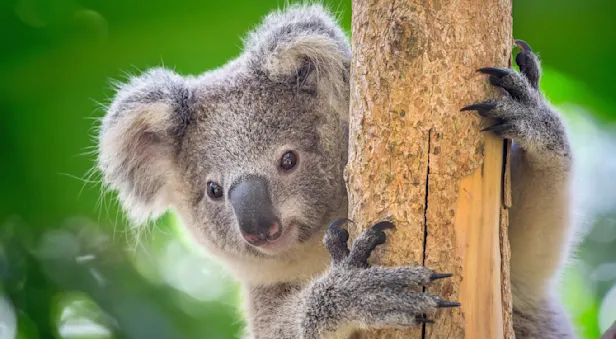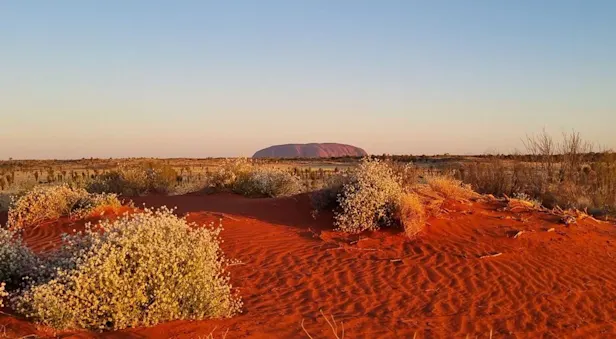
Know Before You Go


Echidna Facts | Australia South Wildlife Guide
There are only five monotremes in the world—four echidna species and one platypus species. The echidna is a true animal enigma. Its existence goes back two million years, but genetic studies indicate that the echidna evolved from a platypus-like ancestor tens of millions of years before that. The most ancient fossilized monotreme was discovered in New South Wales, Australia. Paleontologists excavated a lower jaw fragment of Steropodon galmani from the Lightning Ridge opal fields. The 100-million-year-old sample contained three distinctive teeth, remarkably similar to those of a modern-day juvenile platypus. Like the platypus, the echidna is equipped with electroreceptors—400 to 2,000 on its snout—used to perceive electrical stimuli and detect the movement of prey.
The short-beaked echidna is native to Australia and New Guinea’s coastal and highland regions. As its taxonomic family name, Tachyglossidae, implies, the echidna’s six-inch “fast tongue” slurps up a variety of insects and larvae. Since they have no teeth, hard pads at the base of the tongue and on the roof of the mouth grind their prey into a paste. The short-beaked is blanketed with dark insulative fur and shielded by beige and black two-inch barbless spines that provide excellent camouflage and defense. With its long claws, the echidna tears through termite mounds and breaks apart hard topsoil to burrow deep underground. They have the lowest body temperature of any mammal (89°F) and can tolerate high levels of carbon dioxide.
A bizarre procession announces the echidna breeding season. Males line up snout to tail behind a single female, forming a train of up to a dozen individuals. These configurations can last more than a month and when the female is finally ready to mate, the males dig a trench and compete for her honor. The female lays a single, leathery egg once a year. She rolls the grape-sized egg into her belly pouch and 10 days later, a baby “puggle” hatches. Unlike other mammal mothers, the echidna does not have nipples. Smaller than a jellybean, the puggle uses its tiny, transparent claws to grip the pouch hair and lap up milk secretions from her “patches.” At about 53-days-old, when the puggle’s spines emerge, the mother moves the baby into a burrow for seven months, until it can feed for itself. In addition to bushfires and drought, the most pressing threats to echidnas are feral dogs and cats, as well as dingoes and foxes. Vehicle collisions are also responsible for hundreds of deaths each year.
Explore Australia on These Adventures

Australia South: Tasmania, Kangaroo Island & the Great Ocean Road
Discover the diverse landscapes and ecology of far-south Australia as we explore four national parks and a host of private nature reserves teeming with endemic and endangered wildlife.


Australia North: Kakadu, Kimberley & the Outback
Journey to the back of beyond on this singular itinerary that connects three of Australia’s most remote tracts of untouched wilderness via private chartered flights—plus a luxury train trip on The Ghan.































